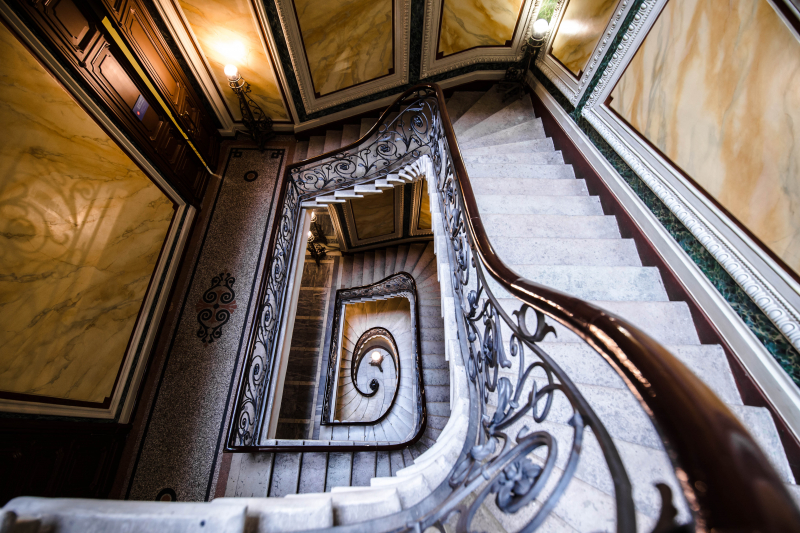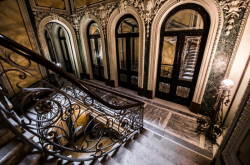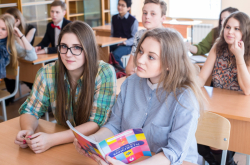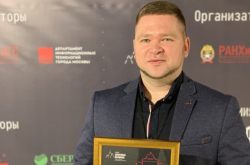The idea behind the Art.ITMO.Residency initiative is to unite art, science and technologies under one roof in order to develop the interdisciplinary field in terms of both research and practice.
As noted by Aliya Sakhariyeva, the director of ITMO’s Art & Science Center, the unit was created as a platform for active and close cooperation between scientists and artists. The first step of this endeavor was the launch of the Art & Science Master’s program. This was followed by the opening of the art residency envisioned as a space for different kinds of experiments and open interdisciplinary dialogue.
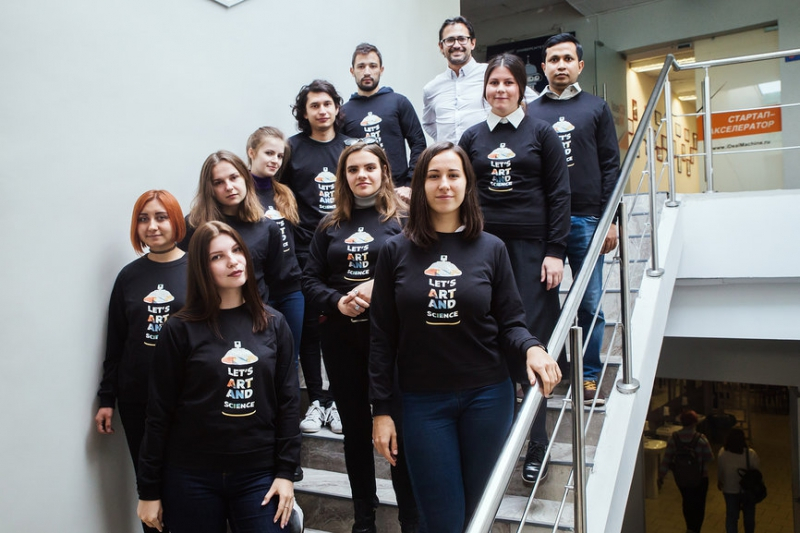
“This is a more responsible and serious step: it involves opening the university’s laboratories and research centers for contemporary artists from all over the world. We invite artists and scientists interested in creating science art projects and welcome different interpretations, innovative concepts and ideas,” comments Aliya Sakhariyeva.
Conditions for residents
The residency will be located at ITMO’s campus on Birzhevaya Line 14. Measuring 172 square meters in surface, the space will serve as an art atelier and an exhibition hall for artists.
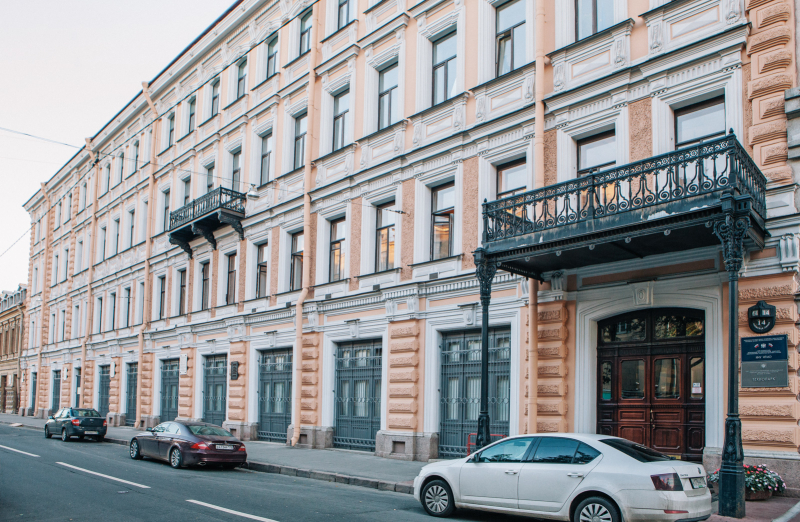
The atelier will be divided into four functional areas, one of which will be intended for hosting events as well as individual and group work. There’ll also be a separate facility designed for applied work such as painting, cutting, engraving and similar activities.
Future residents will be provided with a place to work as well as fully-covered costs of traveling to and living in St. Petersburg. Furthermore, additional funding may be provided for the creation of an art project.
The participants will have a wealth of different equipment at their disposal – from hand tools such as an electric jigsaw, glue gun, screwdrivers, drills, airbrushes, and so on to more complex ones such as a vacuum molding machine for creating molds from plastic, an engraving machine, a compressor for painting and others.

The residents will also be able to use equipment, such as 3D printers and milling machines that is available at ITMO University’s FabLab.
Artists working in the field of bioart will get the opportunity to work at the university’s cutting-edge research laboratories, including in collaboration with ITMO scientists working in the field of robotics, optics, photonics, and IT.
“Such collaborative work will contribute to increasing the recognition of the university’s academic achievements and innovative work. What is more, it will give students and staff an impetus for more creative work, openness, and interaction with specialists from the field of the arts,” notes Aliya Sakhariyeva.
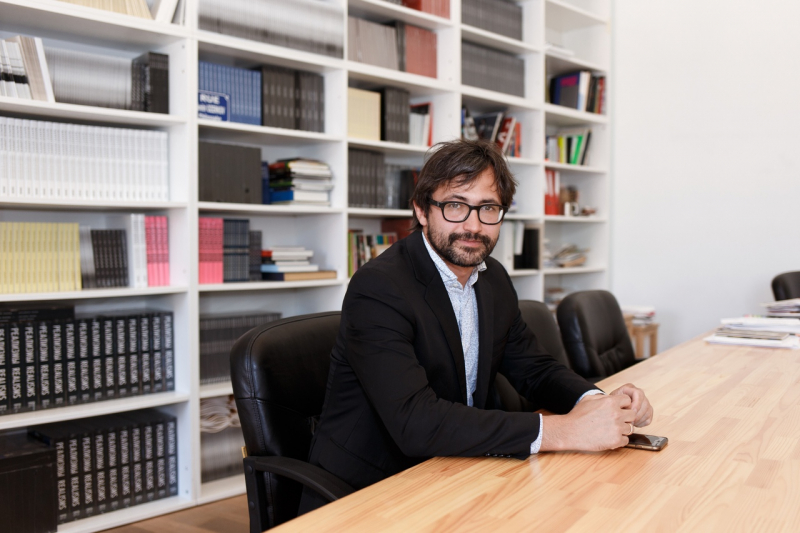
“Today, art residency is the only format that allows us to create laboratory conditions for the generation of art. The process of creating artworks is presently seen as more important than the result, because it is in the process that the main contents of an artist’s work are being mooted, the boundaries of art itself are being defined. It is the art residency format that gives the opportunity to pinpoint and formulate the essence of the art of the future. And ITMO University’s new project focuses on these objectives to a turn,” says Dimitri Ozerkov, a prominent Russian art historian, curator, head of Contemporary Art Department of the Hermitage Museum, and head of ITMO University’s Master’s program in Art & Science.
How to apply
Participation in the art residency is open for artists working on a wide array of different formats: from installations, sculptures and videography to new media and digital art.
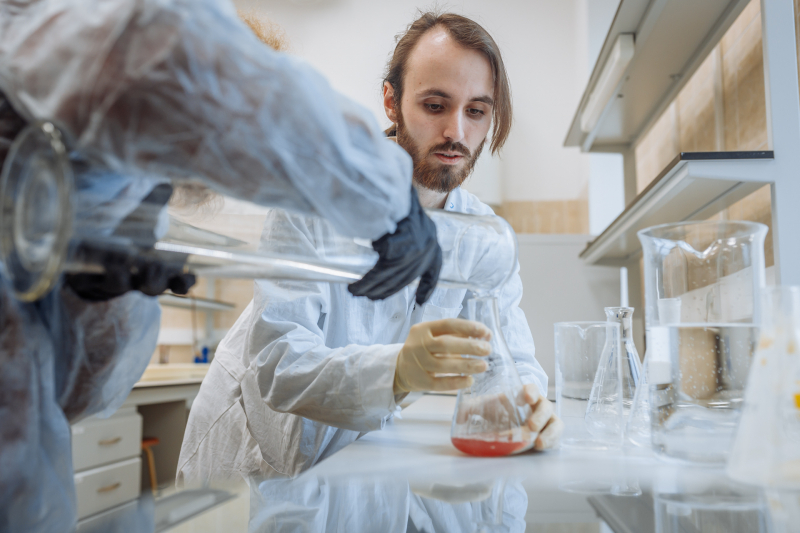
You can submit your application on the Art & Science Center’s website until April 26.
Applications will be assessed by an expert council consisting of prominent Russian and international curators, artists working in Art & Science, and researchers in this field. The main criterion for selection will not be the candidate’s accomplishments but how innovative and thought-through the project they plan to work on at ITMO is.
Based on the results of the competition, four residents will be selected to implement their projects over one or two months. However, the organizers note that if a project implies a larger volume of work, its author’s duration of stay at the residency can be increased.
The selected artists will be able to start their work at the residency in September 2020.
